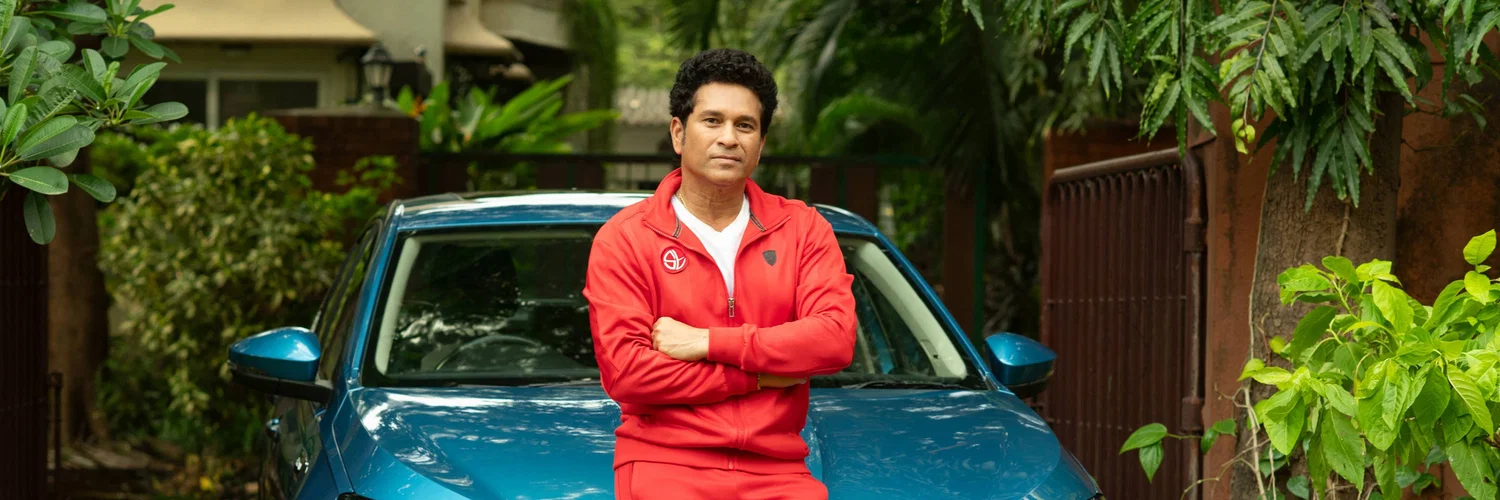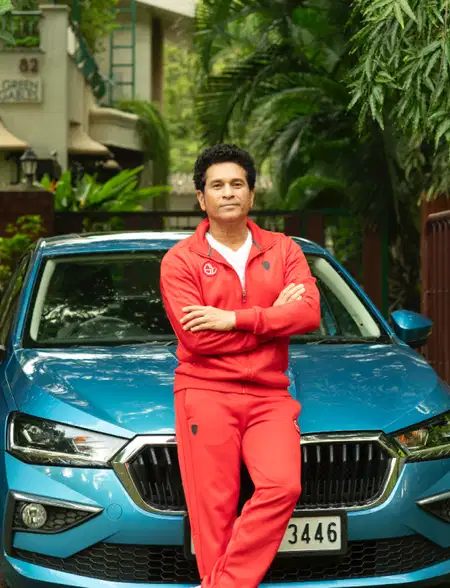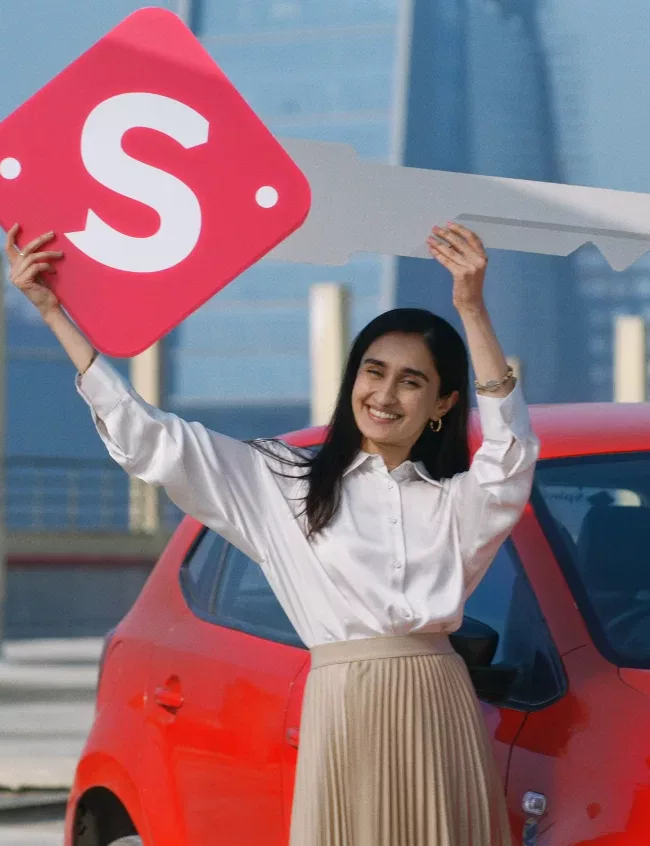The Hyundai Verna is one of those cars which will go down in history as one of India’s automotive icons. Since its launch in 2006, the sleek Korean mid-size sedan has been giving Honda City a run for its money and still is as dominant as ever. The latest generation of the Verna is a complete and astounding departure from its predecessor as the Korean carmaker is attempting to up the ante in the mid-size segment while also tackling the challenge from new rivals. Equipped with the segment’s most powerful powertrain, Level-2 ADAS safety suite, and plenty of upmarket features, the Verna should command a higher position on any buying list. If you are taking a shine to the new mid-size sedan, here is a complete guide on buying a Hyundai Verna along with specifications, what you will like and what you won’t like, and the best pick of the variants.
Hyundai Verna Specifications
Hyundai Verna Engine and Transmission | ||||
Engine | 1.5-litre Naturally Aspirated Petrol | 1.5-litre Direct Injection Turbo-Petrol | ||
Transmission | 6-speed Manual | IVT Automatic | 6-speed Manual | 7-speed DCT Automatic |
Power | 115 PS | 159 PS | ||
Torque | 144 Nm | 253 Nm | ||
Mileage | 18.6 km/l | 19.6 km/l | 20 km/l | 20.6 km/l |
Hyundai Verna Dimensions | ||||
Length | 4,535 mm | |||
Width | 1,765 mm | |||
Height | 1,475 mm | |||
Wheelbase | 2,670 mm | |||
Boot Space | 528 litres | |||
Hyundai Verna Safety Features | ||||
Airbags | 6 airbags standard | |||
ABS with EBD | Standard | |||
Rear Parking Sensors | Standard | |||
Parking Camera | On SX and SX(O) variants | |||
Disc Brake | Rear Disc Brakes on SX (O) variant with DCT automatic | |||
Electronic Stability Program | On all variants except EX | |||
Tyre Pressure Monitoring System | On all variants except EX | |||
ISOFIX mounts | Standard | |||
Hill Hold Assist | NA | |||
Hill Descent Control | NA | |||
Why should you consider the Hyundai Verna?
If you plan to buy a mid-size sedan, you cannot keep the Verna out of your list. Here are four prominent reasons why you should consider the Hyundai Verna over the rest of the options.
Premium Cabin with Segment-leading space

In recent years, mid-size sedans have significantly grown in terms of size. And with the new Verna, Hyundai went the extra mile, making it the most spacious offering in the segment. Even the 528-litre boot space is something one would gleefully appreciate while enjoying family trips in this sedan. Moreover, the ergonomics are perfect with every control placed within easy reach, while the well-cushioned seats with rich upholstery elevate the overall comfort for all passengers.
While the spaciousness alone wins many brownie points, what gives Verna another edge is the inordinately premium interior which can be best described as futuristic. The minimalist layout combined with neat fit-finish further the futuristic appeal. Some eye-catching highlights like the shelf-like dashboard with full-width AC vents and brushed silver accents, two-spoke steering, the LED ambient light bar extending to the doors, and the dual integrated screen setup featuring a 10.25-inch touchscreen infotainment system & a digitised driver’s display simulate the styling of some luxury cars.
Wealth of Features

If it is not feature-rich, is it even a Hyundai car? Hyundai has always been regarded for loading its cars with an attractive abundance of features and so is the case with the new Hyundai Verna. The feature package of the Verna includes an 8-speaker Bose sound system, 10.25-inch touchscreen infotainment system, wireless charger, air purifier, unified ouch control panel for infotainment and AC, connected car tech, ventilated and heated front seats, auto engine stop/start, a sunroof, driver’s seat semi-power-adjustment (height adjust is manual), keyless entry and go, and more. Such a lengthy feature list puts Verna considerably ahead of all its rivals.
A Safe Hyundai
Hyundai’s focus on passenger safety is pretty evident in its current line up as even their entry-level cars, Grand i10 NIOS and Aura sport 4 airbags as standard. Under Rs 20 lakh, the new Hyundai Verna is one of the few cars that offer 6 airbags as standard. The other standard safety tech includes ABS with EBD, rear sensors, and ISOFIX anchorages. Higher up the variants, Verna offers hill-start assist, electronic stability control, vehicle stability management, tyre pressure monitoring system, front parking sensors, rear camera, and rear disc brakes.
ALSO READ: Cars with 6 Airbags in India
While the Honda City pipped the Hyundai Verna by being the first one in the segment to feature an ADAS safety suite, the Verna has some advantages up its sleeve. In addition to the camera set-up, the Verna front and rear radar modules allow the ADAS system to function perfectly even in low-visibility conditions. The ADAS safety suite of Verna consists of a forward collision warning, avoidance assist, high beam assist, adaptive cruise control with stop & go, Lane-keep warning and assist, blind spot warning, and a safe exit warning.
Why should you not consider the Hyundai Verna?
While there is not too much wrong with the Hyundai Verna, a few quirks might make you consider one of its rivals.
Limited rear headroom
Limited headroom is a common problem with sedans but that does not make it avoidable. While the new Verna is a vast improvement over its predecessor as far as space is concerned, the headroom available for rear passengers is adequate for people of normal height. Taller passengers, say above 6 feet, would find the headroom tight and their heads may brush against the roof. The sloping roofline does add to the striking looks of Verna but eats into the headroom offered for passengers. All the same, the legroom and under-thigh support are nice for people of all sizes and the positioning of the rear seat provides good front visibility through the windshield to rear passengers.
Better Turbo engines on rivals
While the refinement of both engines is on point, as reported, the acceleration of the turbo petrol engine doesn’t feel as punchy as that of the Volkswagen Virtus and Skoda Slavia. However, the 159 PS power and 253 Nm torque do make their presence felt and the 7-speed DCT automatic offers commendable agility.
Hyundai Verna Variants
Hyundai offers the Verna in ten variants. Among these, six variants come equipped with a naturally aspirated petrol engine, while the remaining four feature a turbocharged petrol engine. Here is the ex-showroom price of every variant.
Hyundai Verna Variants & Ex-Showroom Price | ||
Variant | Powertrain | Ex-Showroom Price |
EX | 1.5-litre petrol with manual transmission | Rs 10.90 lakh |
S | 1.5-litre petrol with manual transmission | Rs 11.96 lakh |
SX | 1.5-litre petrol with manual transmission | Rs 12.98 lakh |
1.5-litre petrol with CVT automatic | Rs 14.23 lakh | |
1.5-litre turbo petrol with manual transmission | Rs 14.84 lakh | |
1.5-litre turbo petrol with DCT automatic | Rs 16.08 lakh | |
SX (O) | 1.5-litre petrol with manual transmission | Rs 14.66 lakh |
1.5-litre turbo petrol with manual transmission | Rs 15.99 lakh | |
1.5-litre petrol with CVT automatic | Rs 16.20 lakh | |
1.5-litre turbo petrol with DCT automatic | Rs 17.38 lakh | |
Best Hyundai Verna variant to buy
While every variant has its own credentials, some variants come across as better value-for-money propositions than others. If you plan to own a Hyundai Verna on a budget, the Verna S is the most valuable package as it covers all the tech goodies expected of a premium mid-size sedan and is considerably more feature-rich than the EX variant at a reasonable price. All the same, if you want a non-turbo variant with automatic transmission, the Verna SX is a great deal, with some extra features like front parking sensors, a wireless charger, a rear camera, a sunroof, and more. However, if you want to own a Verna SX with a turbo petrol engine, we suggest considering the Verna SX(O) as it comes with the safety layer of the ADAS safety suite.
Hyundai Verna Warranty and Service Cost
Hyundai offers the Verna with a standard warranty of 3 years. However, this warranty can be extended to 7 years at some additional cost. The service cost of the Verna would fall around Rs 2,219 at 1 year/ 10,000 km, Rs 2,590 at 2 year/20,000 km, Rs 5,614 at 3 year/30,000 km, Rs 5,676 at 4 year/40,000 km, and Rs 5,305 at 5 year/50,000 km.
For the Verna, Hyundai is also offering maintenance packages for up to 5 years. The Hyundai Shield of Trust package covers major running parts like brakes, clutch, wipers, belts, etc. The additional Super package further reduces the maintenance costs and comes with inflation protection against the increase in parts prices and labour rates.
Summary
Clearly, Hyundai has gone all nine yards in giving the Verna the potential a car of its stature deserves. The radical new Hyundai Verna is surefooted to help sedans claw back their territory, which seems to have been encroached by SUVs. This buying guide will equip you with the information to navigate through the marketing highlights and help you focus on what’s important when buying a new Hyundai Verna.
FAQs about the Hyundai Verna
What safety features does the base variant of the Hyundai Verna offer?
The safety features of Verna’s base variant, Hyundai Verna EX are 6 airbags, ABS with EBD, rear parking sensors, and ISOFIX child anchorages.
How powerful is the Hyundai Verna?
The Hyundai Verna has two engines. The 1.5-litre NA petrol engine produces 115 PS power while the 1.5-litre turbo petrol engine generates 159 PS power.
What is the price of a Hyundai Verna diesel?
Hyundai has eliminated the diesel engine from Hyundai Verna’s line-up. However, you can buy a diesel-powered Hyundai Verna in the used car market. A 2022 model Hyundai Verna diesel costs around Rs 12.90 lakh. The price varies according to the condition.
Which variant of the Hyundai Verna features a sunroof?
The SX and SX (O) variants of the Hyundai Verna feature a sunroof.
What transmission options does the Hyundai Verna offer?
The transmission options available with the Hyundai Verna are a 6-speed manual gearbox, CVT automatic, and a 7-speed DCT automatic.




